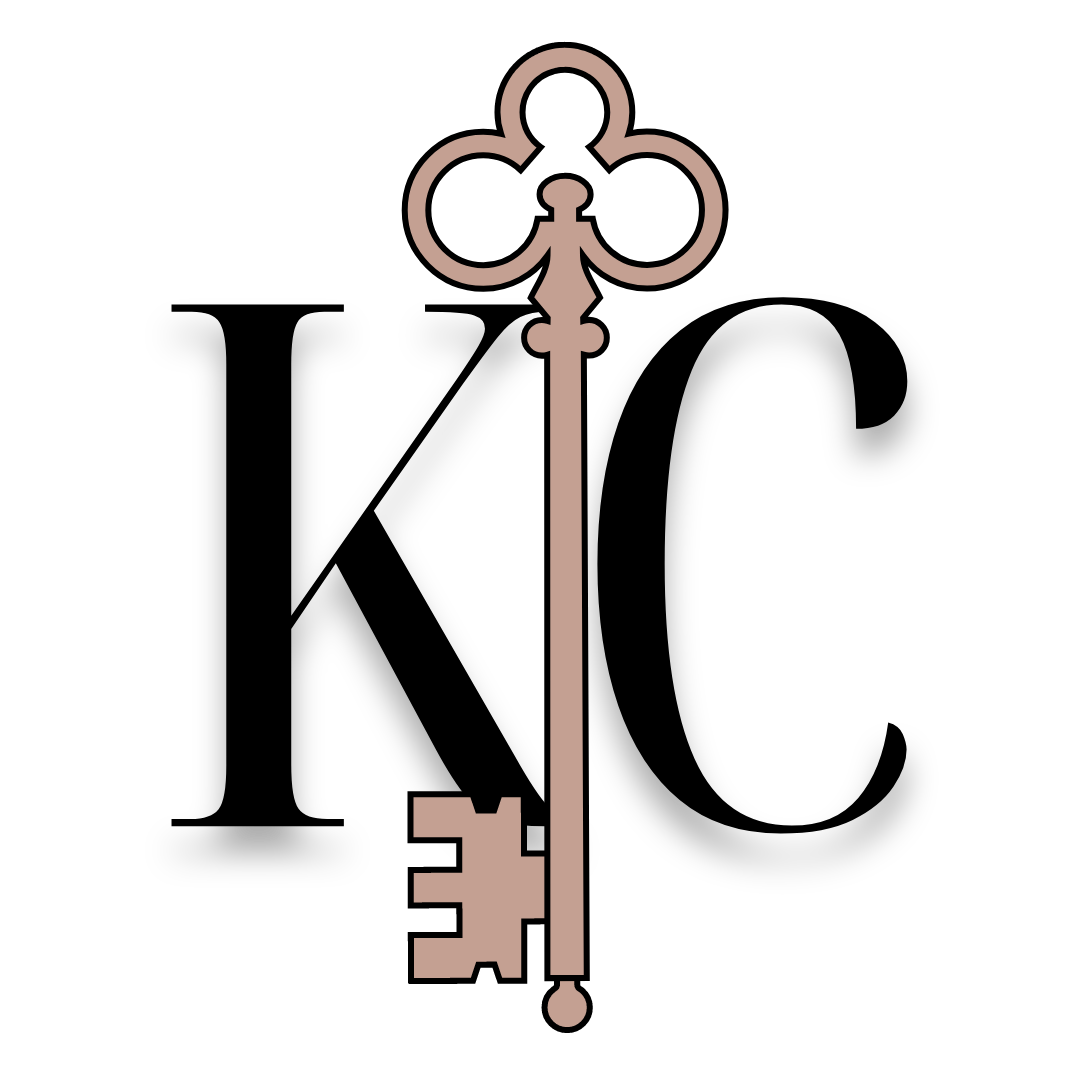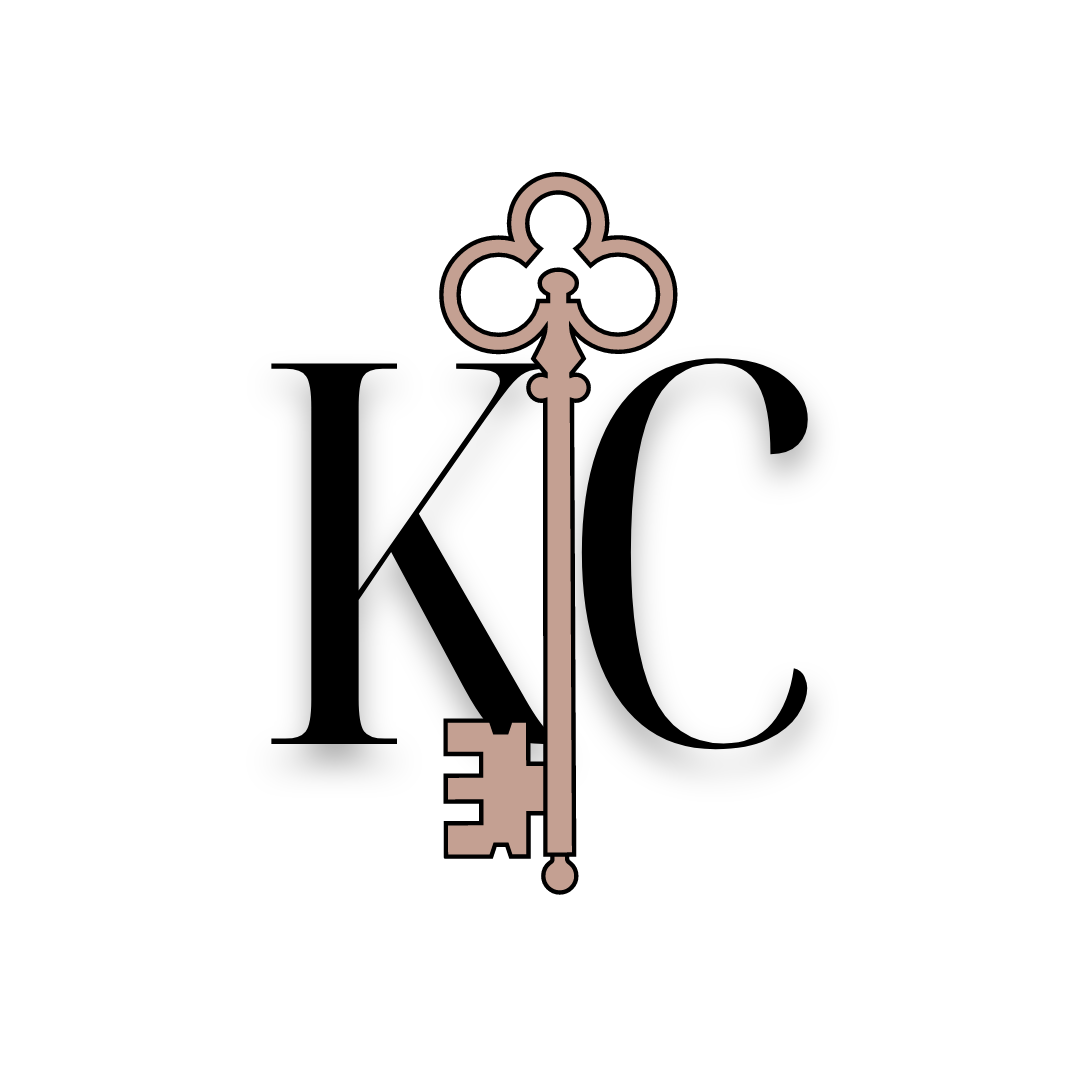Demystifying Dry Needling: Answers to Your Burning Questions About This Powerful Healing Technique
Hello there! Are you tired of dealing with nagging aches and pains that just won't go away? If so, we have an exciting solution for you. It's called dry needling, and it's a fantastic option for helping your body heal from musculoskeletal injuries. Let's explore what dry needling is and why it should be your go-to choice for getting rid of those bothersome aches and pains.
What is Dry Needling? Dry needling is a technique used to treat a wide range of musculoskeletal conditions. It involves inserting thin, sterile needles into specific points of your body, known as trigger points or knots. The goal of dry needling is to release tension, reduce pain, and promote healing.
Why Choose Dry Needling?
Pain Relief: Dry needling helps alleviate pain by targeting the source of discomfort directly. It stimulates the release of natural pain-relieving chemicals in your body, such as endorphins.
Faster Healing: By targeting trigger points, dry needling promotes blood circulation and oxygen flow, accelerating the healing process.
Improved Flexibility and Range of Motion: Dry needling releases tension in tight muscles and tissues, enhancing flexibility and range of motion.
Complementary Treatment: Dry needling can be used alongside other physical therapy techniques, enhancing their effectiveness and providing a comprehensive approach to healing.
Versatile Treatment Option: Dry needling is suitable for various musculoskeletal injuries, including sports-related injuries, neck and back pain, tendonitis, and headaches.
Frequently Asked Questions:
Q: Is dry needling the same as acupuncture?
A: No, despite dry needling and acupuncture using similar needles, they are different techniques. Dry needling focuses on treating musculoskeletal conditions, while acupuncture aims to balance the body's energy flow based on traditional Chinese medicine principles.
Q: Does dry needling hurt?
A: The sensation varies from person to person. Some feel a slight pinch as the needle is inserted, but discomfort is typically minimal or completely absent. The thin needles used in dry needling minimize pain. Any discomfort is temporary and outweighed by the potential benefits. Your provider will talk you through the procedure to whatever degree you need to feel comfortable.
Q: Is there downtime or anything I have to avoid?
A: After dry needling, you may experience mild soreness, similar to post-workout muscle soreness. You can return to normal activity immediately, but we recommend avoiding icing the area for 24 hours. Ice seeks to restrict the blood flow we attempted to gain through the procedure. Your provider will give you specific guidelines based on your condition.
Conclusion: Dry needling is an effective and safe treatment method that offers significant benefits for musculoskeletal injuries. It provides pain relief, faster healing, improved flexibility, and is versatile in treating various conditions. Although not the same as acupuncture, dry needling is a distinct technique. The discomfort experienced during treatment is minimal, and any post-treatment soreness is temporary. If you're seeking a solution to your aches and pains, consider dry needling as an option for your recovery. Consult with a provider experienced in this technique and embrace the magic of dry needling as a lasting solution for your tightness or lingering pain.

